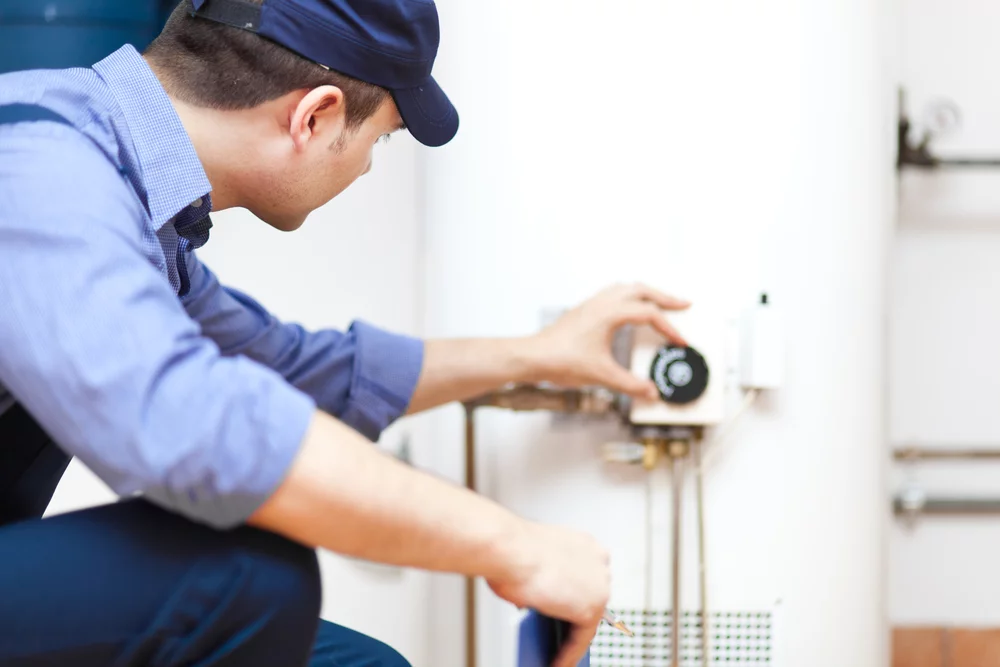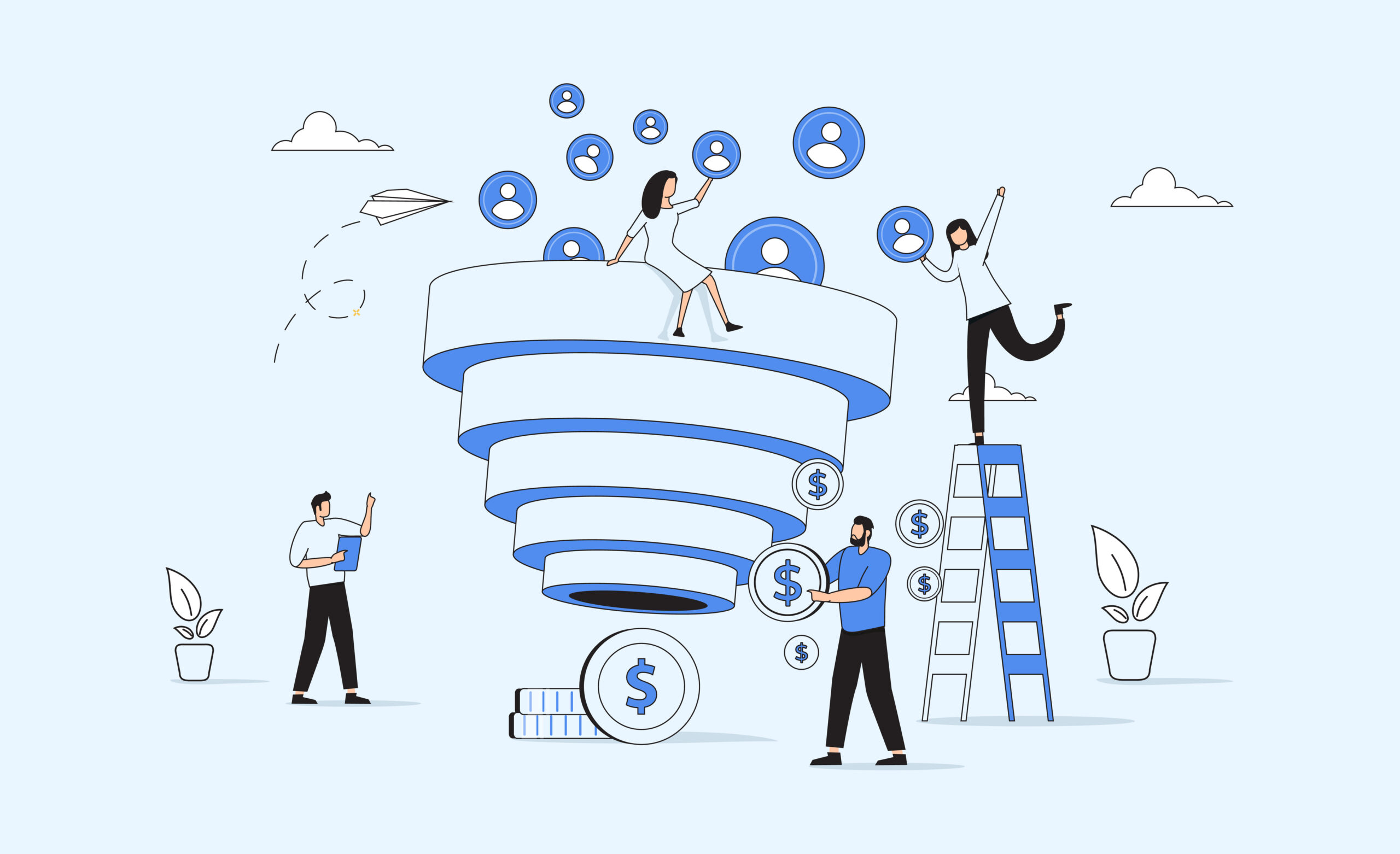For more than a century, U.S. electric utilities have existed as regulated natural monopolies. Between greater electrification efforts and distributed energy resource adoptions, as well as the extreme and often erratic weather events caused by climate change, that paradigm is rapidly shifting. To meet needs, utilities are turning to demand flexibility initiatives like demand response or EV managed charging, time-tested conservation efforts, or novel approaches like virtual power plant technology. These programs require customer buy-in to succeed: the better the utility customer engagement, the more educated your customers are about the opportunities available. In our work with utility partners like the Sacramento Municipal Utility District (SMUD), this notion is that with the right utility customer engagement efforts, customers are more likely to participate, growing the pool of potential energy assets needed to minimize the challenges of peak demand.
The Real Power of PowerMinder: It’s Non-intrusive to Customer Routines
While HVAC units consume more energy than anything other household appliances, smart water heaters have great potential as device types in your BYOD demand flexibility programs. Since partnering with SMUD to help realize their PowerMinder program, a water heater-centric demand flexibility initiative, the program has found the success needed to scale beyond its initial pilot program. In fact, PowerMinder is one of many initiatives deployed by SMUD that promise to help the innovative utility reach its goal of net zero carbon emissions by 2030! Using our distributed energy resource management system (DERMS), SMUD could access real-time, cloud-based technology designed to adjust water heaters that create maximum efficiency without giving up comfort; customers are often unaware that the program is active, leading to better programmatic outcomes.
Together at PLMA
In 2019, our CEO and founder Bill Burke was fortunate enough to share the stage at the PLMA conference—with Deepak Aswani of SMUD—to talk about connected devices and the future of rate design. Together, they compared and evaluated three modes of delivery for heat pump water heaters including baseline (no active load shaping), time-of-day (ToD) rate optimization, and utility-influenced load shaping based on utility day-ahead electricity costs.
The program was intended to function in the background, with water heaters primed during peak-demand hours. As such, the program required specific device types: smart water heaters developed with robust insulation, allowing the heated water to remain hot hours later. PowerMinder is a powerful demand flexibility initiative by illustrates the value of utility customer engagement and satisfaction: once customers understand that they can save money, help the grid, and receive incentives, they are more likely to participate.
Utility Customer Engagement & PowerMinder
To realize the program, SMUD developed a rapport with local contractors—the installers of the necessary device types—to better educate customers. As part of their educational campaign, SMUD carefully crafted their messaging, while working to simplify the enrollment process. Combined with the non-intrusive nature of the program, customers have remained so engaged that the program scaled beyond pilot and has continued to prove value four years after it was first launched!
Conclusion: How Utility Customer Engagement Helps
Through our SMUD partnership, we’ve learned much about customer attitudes—and utility behaviors. Burke and Aswani’s panel, “Load Flexibility and Rate Design Considerations for Heat Pump Water Heaters” featured fascinating insights including:
- Customer comfort is—and always will be—king; utility customer engagement tools and strategies can help drive this point home succinctly.
- Simple enrollment is a must—don’t let your complex forms get in the way of easy adoption.
- Few consumers are willing to change their behaviors, so the real changes must happen in the cloud and behind the scenes.
- Fixed schedules just don’t work—delivering energy (and more importantly, reasonably priced comfort) is a 24/7 business, so don’t subject your customers to your timeline.
So, at the end of the day, the most critical thing we’ve learned so far in our partnership with SMUD is that while utility rates undoubtedly will become increasingly more complex, the customer doesn’t need to know and doesn’t care. But, if you deliver high-quality, reasonably priced solutions that require little to no thought or action, you’ve probably got a customer for life.
This article was originally published on 11/20/19 and was republished on August 25, 2023.





